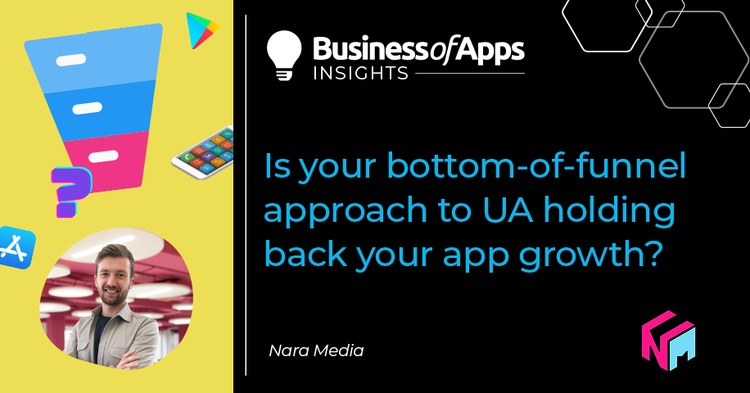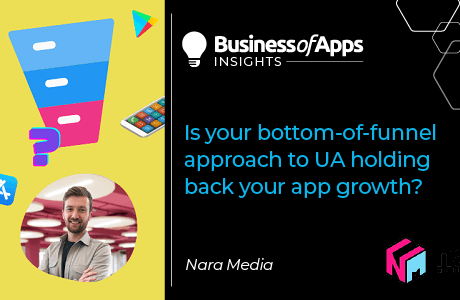
In Ghana, they are called “hiding mice”. In Portuguese, they are described as “staying at the teat”.
In England, we simply call them poachers.
These are the footballers who linger around the opposition goal in the hope of scoring the tap-ins. They don’t do much leg-work, but they are in the right place at the right time.
It is easy to be as critical about these players as it is to be complimentary. Those in support will say they provide a crucial job, scoring goals with high efficiency and impressive regularity. After all, you can’t score if you’re not in the right place. But the detractors will cry that the goalhanger hasn’t done anything particularly difficult. And that you need the more creative players to take risks and make the goal-hanger’s job possible. Take those players away and they won’t have the same opportunities to score.
In truth, both are right. Teams need to be creating lots of chances to score, and taking those chances when they come. You need both.
The same is true for growing your mobile app.
You need to be creating lots of opportunities. And you need to be converting those chances when they appear.
But is too much focus in app marketing on scoring the goal? Being as efficient as possible in converting people who are at the bottom of the marketing funnel.
An obsession with chasing efficiency can be unhealthy in marketing. The jewel in the efficiency crown, ROI, is not a perfect metric. Here are two reasons why:
First, ROI uber alles encourages the digital platforms to goal hang. Their algorithms are highly trained at finding the people who are the most likely to convert because that makes them look great. There is nothing wrong with this. You have to be there (like the poacher) to make sure you convert the ones that are ready. And performance marketing is great at this.
But there is a finite pool of users who are ready to download your app. And when you have exhausted that pool where do you go next? This is why scaling spend whilst maintaining ROI is a common problem. That spend has to cast a wider net across a broader base of ‘lower quality’ users.
Second, the easiest way to lower ROI is to reduce ad spend. But when you reduce spend, you reduce how much absolute return you can earn. Let’s speak the language of your finance director for a second. You need to increase your company’s bottom line. That means reducing costs, sure. But it also means growing revenues. And focusing too heavily on efficiencies means not looking at growing revenue.
So how can we keep growing revenue whilst keeping acquisition costs efficient?
Warning: You’re going to need to accept that some ROI will probably be sacrificed.
The pool of users at the bottom of the funnel is limited. You need to start bringing more and more people to this stage for your efficiency-first activity to sweep up. To do this you need to advertise higher up the funnel. Find bigger audiences who are showing fewer signals that they are in-market for your app. Rather than using data to filter out less ‘attractive’ audiences, use data to build bigger audiences of people who haven’t heard of you. Hit them up with brand-first messages that create a memory, rather than solely product-led functional creative.
The role of advertising here is to create interest in what you have to offer – as opposed to signposting a person’s way to your storefront (i.e. app stores/website).
This activity might look inefficient. But that is ok because its role is not to create conversions directly and immediately. Instead it is an investment in future conversions and future revenue. So, whilst the overall efficiency-based metric may worsen, watch how your sales volume and revenue can now keep growing.
We have proven this can work a number of times with clients.
For example, when we saw revenue plateauing from Facebook and Google shopping ads for an ecommerce client, we started brand-led advertising using display. The display ads themselves were pretty inefficient at driving conversions directly. But we knew that wasn’t their purpose. We were more interested when we started to see our existing bottom of the funnel activity start to scale again. We are now exploring other ways we can reach relevant audiences with high-impact, higher funnel activity.
So, if you are seeing your revenue plateauing and your growth slowing, it may be time to reassess how you approach your marketing funnel. It may be time to start looking higher up.











